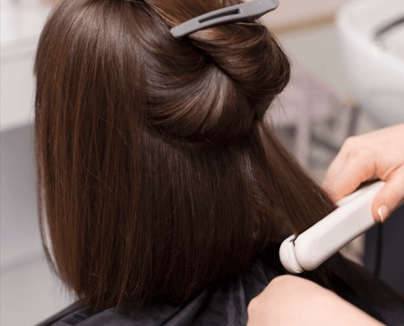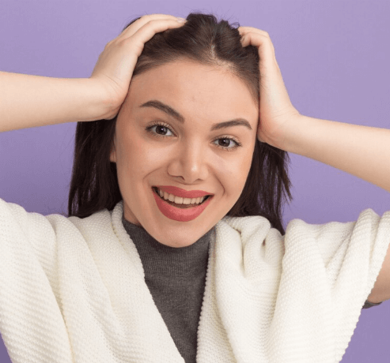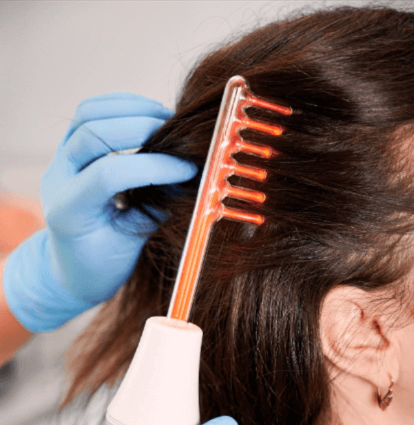Botox treatment for hyperhidrosis is one of the most effective non-surgical methods to control excessive sweating. For medical tourists traveling to Korea, the experience is not just about receiving injections—it’s also an opportunity to adopt lifestyle changes that can significantly improve and prolong treatment results.
Korean clinics frequently emphasize the importance of holistic care. By combining Botox with personalized lifestyle modifications, medical patients can support their results and manage hyperhidrosis more effectively in the long run. Here’s what you need to know.
🧴 1. Skin Care and Hygiene Adjustments
Korean clinics often recommend maintaining optimal skin health before and after Botox treatment:
- Daily gentle cleansing with pH-balanced cleansers to prevent buildup of sweat and bacteria.
- Avoiding alcohol-based deodorants immediately after Botox (especially for underarm treatment).
- Use of breathable, fragrance-free moisturizers to soothe skin after injections.
- Routine exfoliation (1–2x per week) to reduce clogged sweat ducts, particularly in the underarms or feet.
💡 K-beauty tip: Medical tourists can explore Korean pharmacy brands like Atopalm or Illiyoon for gentle post-treatment skincare.
🍽️ 2. Dietary Modifications to Reduce Sweating
Food plays a significant role in sweat production. Korean dermatologists often suggest limiting certain dietary triggers:
- Avoid spicy foods such as kimchi jjigae or tteokbokki, which stimulate sweat glands.
- Limit caffeine and alcohol, both of which can increase body temperature and trigger excessive sweating.
- Hydration-focused diets with water-rich fruits (melon, cucumber) and herbal teas can help regulate internal temperature.
- Magnesium-rich foods like tofu, leafy greens, and nuts support nervous system function and may reduce stress-related sweating.
🍱 Bonus tip: Consider anti-inflammatory Korean dishes like doenjang soup (fermented soybean) and fresh bibimbap as part of your recovery diet.
🧘♂️ 3. Stress Reduction and Mindfulness Practices
Emotional triggers like stress and anxiety are well-known contributors to hyperhidrosis. Korean clinics often pair Botox treatments with mind-body wellness practices:
- Mindfulness meditation or guided breathing exercises reduce sympathetic nervous activity (the part that controls sweating).
- Gentle yoga or stretching can help balance the nervous system without overheating the body.
- Spa therapy in traditional Korean jjimjilbangs (saunas) can be beneficial after full recovery from injections, but avoid immediately post-treatment.
🧘♀️ Where to go: Clinics may recommend nearby wellness centers or meditation studios like “Healing Ground” in Seoul or Gangnam.
👕 4. Clothing Choices That Minimize Sweating
During your stay in Korea—and after treatment—opt for clothing that helps regulate body temperature:
- Wear breathable fabrics like cotton, bamboo, or linen to prevent heat buildup.
- Choose loose-fitting garments, especially in warmer months.
- Use undershirts or sweat shields in areas prone to sweating like underarms or back.
- For feet: moisture-wicking socks and well-ventilated shoes are essential if you’ve had Botox for plantar hyperhidrosis.
🛍️ Pro tip: Korean department stores and Daiso outlets often carry sweat pads, cooling wear, and breathable undergarments for tourists.
🧳 5. Adjusting Activity Levels After Treatment
Medical tourists should plan light schedules post-procedure:
- Avoid strenuous exercise, saunas, or hot yoga for at least 48 hours after Botox injections.
- Plan low-impact activities such as walking tours, light sightseeing, or café visits in Seoul during the recovery window.
- Bring a portable fan or cooling spray when exploring outdoor attractions.
⚠️ Tip from Korean clinics: Wait 1–2 days post-treatment before enjoying activities like hiking in Bukhansan or shopping in crowded Myeongdong.
🌙 6. Optimize Sleep and Rest Patterns
Proper rest allows the nervous system and skin to recover:
- Stick to a regular sleep schedule while in Korea to avoid jet lag–induced stress.
- Use cool sleeping environments and lightweight bedding to avoid night sweating.
- Drink calming herbal teas (like Korean corn or barley tea) before bed for relaxation.
🛌 Travelers’ tip: Ask your hotel or hanok guesthouse for a fan or temperature control if you’re sensitive to heat during sleep.
🧾 7. Post-Treatment Monitoring and Follow-Up
Korean clinics may offer digital or remote follow-up care for international patients:
- Track your sweating symptoms daily for 2–4 weeks to monitor results.
- Take photos of treatment areas to show improvement or any concerns.
- Follow up via KakaoTalk or WhatsApp, which many Korean clinics use for medical support and scheduling repeat treatments.
Conclusion: Enhancing Botox Results Through Smart Lifestyle Changes
Botox for hyperhidrosis is incredibly effective, but the best results come from a collaborative approach between treatment and lifestyle. Korean clinics encourage medical tourists to take advantage of their stay to adopt healthier habits, from skincare and diet to mindfulness and rest.
These changes not only extend the effects of Botox but also promote better sweat management, skin health, and overall well-being.




